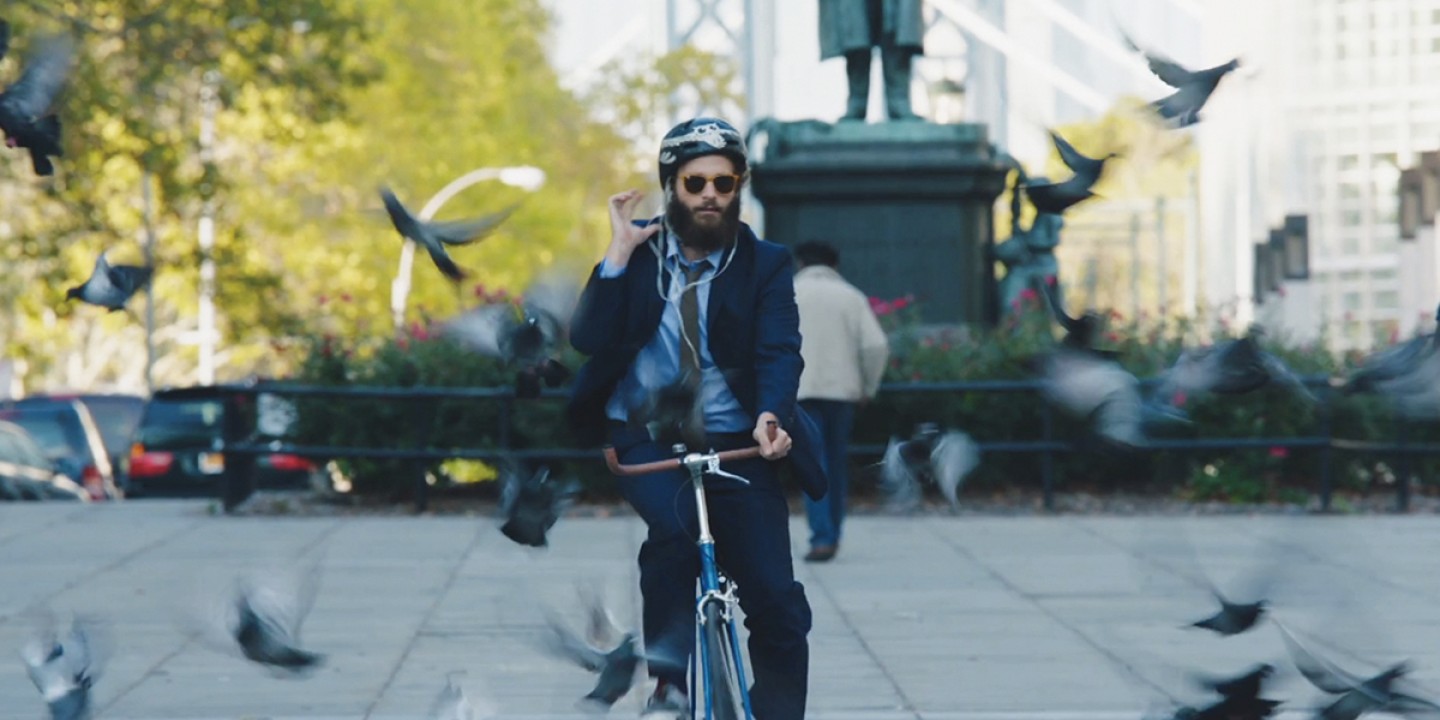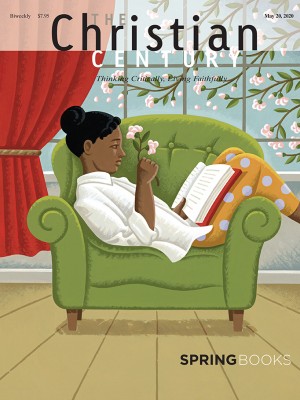The world High Maintenance shows us through the Guy’s eyes
The weed dealer character serves as the connective tissue between the lives of New Yorkers who might not meet.

I have loved High Maintenance, the HBO dramedy created by Ben Sinclair and Katja Blichfeld, since it premiered in 2016. Watching the fourth season while in my sixth week of sheltering in place in New York City is a form of spiritual counseling. The show shifts attention from the worries of the isolated self to the challenges and gifts of belonging to a larger body, reminding us of the beauty that comes from valuing people as intrinsically worth more than any metric of profit.
Most episodes are made up of two stories, approximately 12 minutes each. A young black real estate agent working long hours while trying to save for her dream home is coupled with a story of two white artists who discover that their luxury apartment building’s fancy amenities are reserved for wealthier tenants (“Namaste,” S2E3). The story of a feminist activist group torn apart by debates about race and class sits alongside that of a midwestern couple visiting their daughter in an Airbnb-style rental that comes with an unexpected pet snake (“Fagin,” S2E2). A Chinese couple who live in a tiny one-room apartment off the money they make scavenging recycling intersect with a retired Wall Streeter living with his entitled daughter and her family (“Tick,” S1E4).
Read our latest issue or browse back issues.
These stories are all united by the Guy, a white hipster weed dealer who serves as the connective tissue to the lives of New Yorkers who might never otherwise meet. Like a deacon in an old parish system, he is the only person to regularly visit housebound, elderly, sick, or anxious people who rely on marijuana as a form of therapy. He listens to marital squabbles and sees people at moments of celebration or profound sadness. He is our conduit into lives that might otherwise be hidden from us.
In the current season, we enter the stories through the Guy’s presence in the background of a scene rather than the foreground. As a new story unfolds, he rides by on his bike or walks through a park. This shift frees the show to follow more diverse stories, like that of Alvin, a shy kid from the black part of Brooklyn (the part the Guy and his friends are gentrifying), who makes a new connection with his cousin over selling sneakers and playing a pickup game of basketball. Or a Latina dental hygienist whose complicated home life is revealed slowly and heartbreakingly as we watch her navigate an awkward first date.
High Maintenance is undeniably a New York show, and it elevates the messy chaos and density of urban life into an art form, celebrating the sheer existence of so many different forms of life living in close proximity. It was unbearably beautiful to watch while looking out at empty streets, listening to never-ending sirens, and plotting my occasional runs carefully to avoid the morgue trucks lining the streets near the hospital three blocks from my apartment. It felt like a love letter to the people of the city—not its bars or restaurants or museums, glorious as those are too—all hidden away in our apartments for the sake of each other.
You don’t have to live in New York at the epicenter of a global pandemic, however, to be moved by the vision High Maintenance offers of attention as a kind of care. It suggests that every life around us is worthy of our notice, rich with its own dramas and fears and joys. The Guy models this kind of attention. People want to open up to him, and in turn he exudes an open kindness that can come only from learning to pay attention to the people who make up the ecosystem of your life.
In season two, the Guy is forced to take on a business partner who can drive him around while he is convalescing from a bike crash. The partner suggests they could form a permanent partnership, making the business more efficient and profitable, a mini weed empire that operates like Uber. The Guy politely demurs, preferring the slow pace of one-on-one delivery and the personal connections it requires. He has something in common with the Dude from The Big Lebowski, another stoner who is trying to abide in a world that only values profit and efficiency. Some of this can be attributed to the chill vibe of the Guy’s profession and the necessarily nonjudgmental nature of his work. But that work isn’t just about getting high; it is also about refusing to be defined by your labor in a world that values profit above people.
Simone Weil once wrote, in another time of global unraveling, that attention is the purest and rarest form of generosity. Traveling the five boroughs of New York on a fixed-gear bicycle, beard blowing in the breeze, the Guy practices that generosity and offers to take us along for the ride.
A version of this article appears in the print edition under the title “A love letter to New York.”







